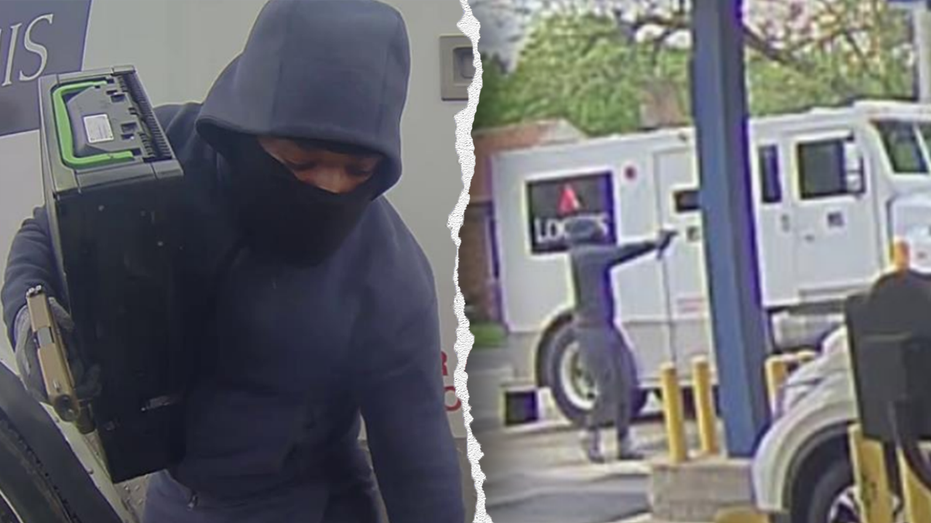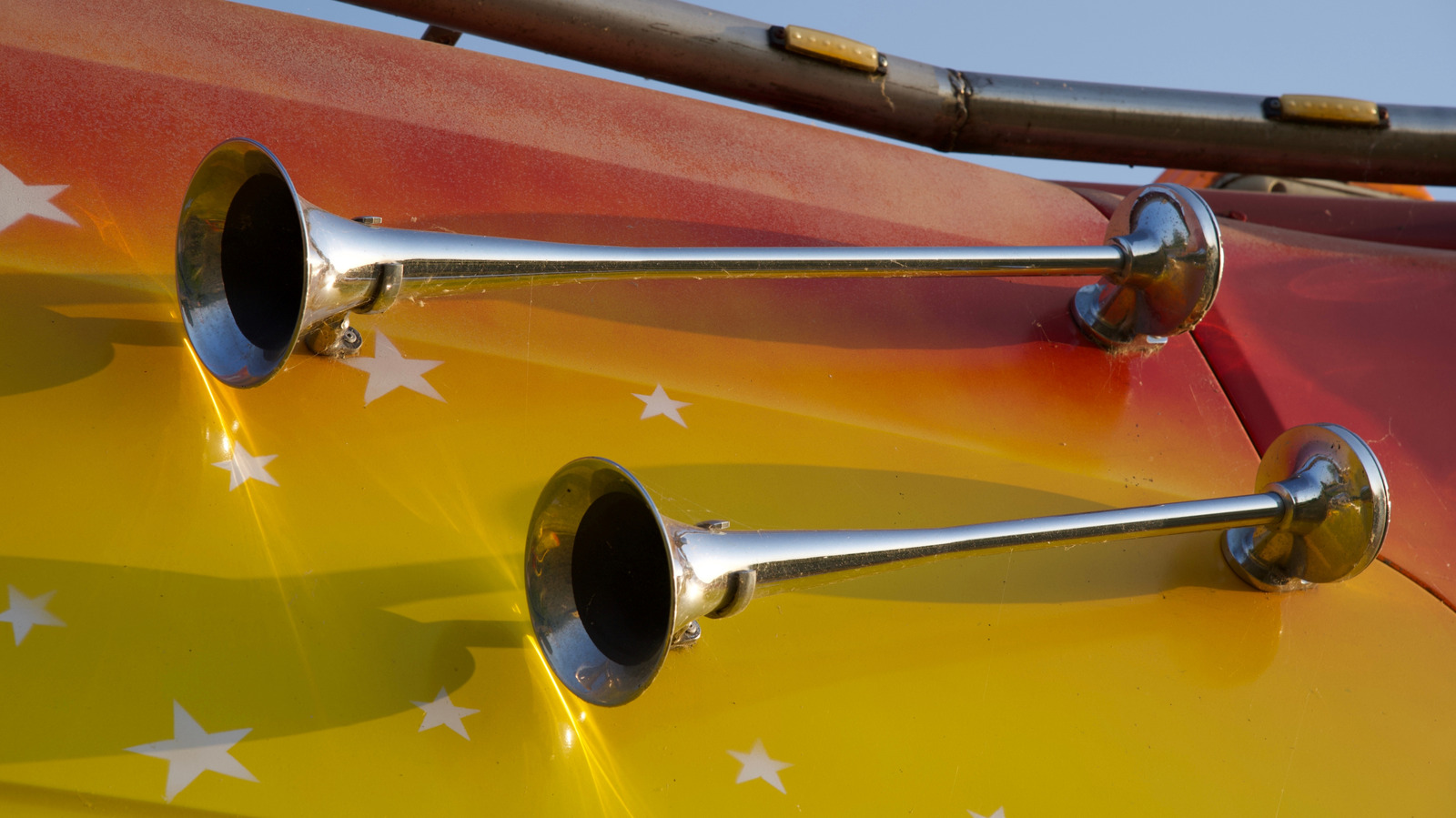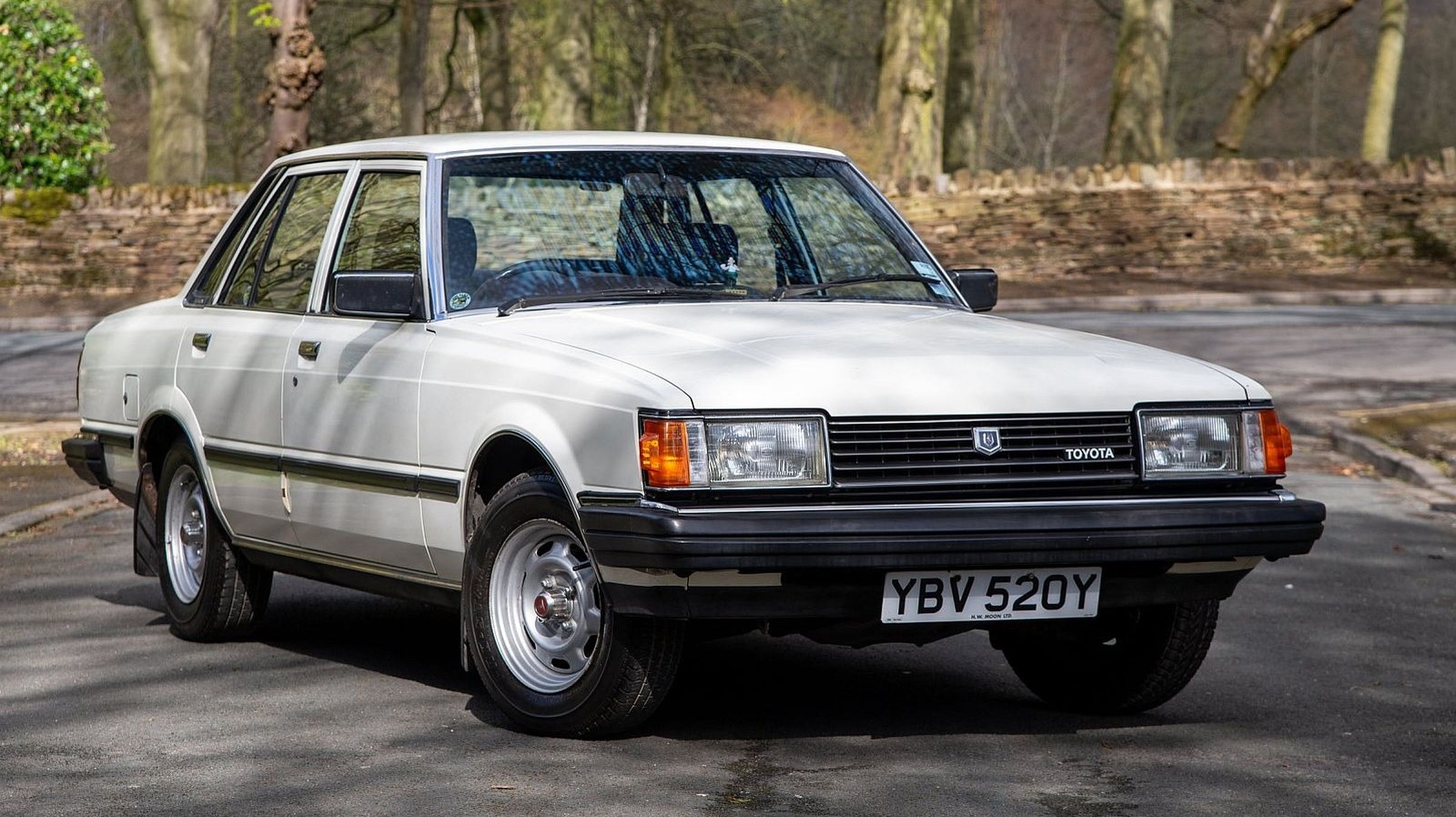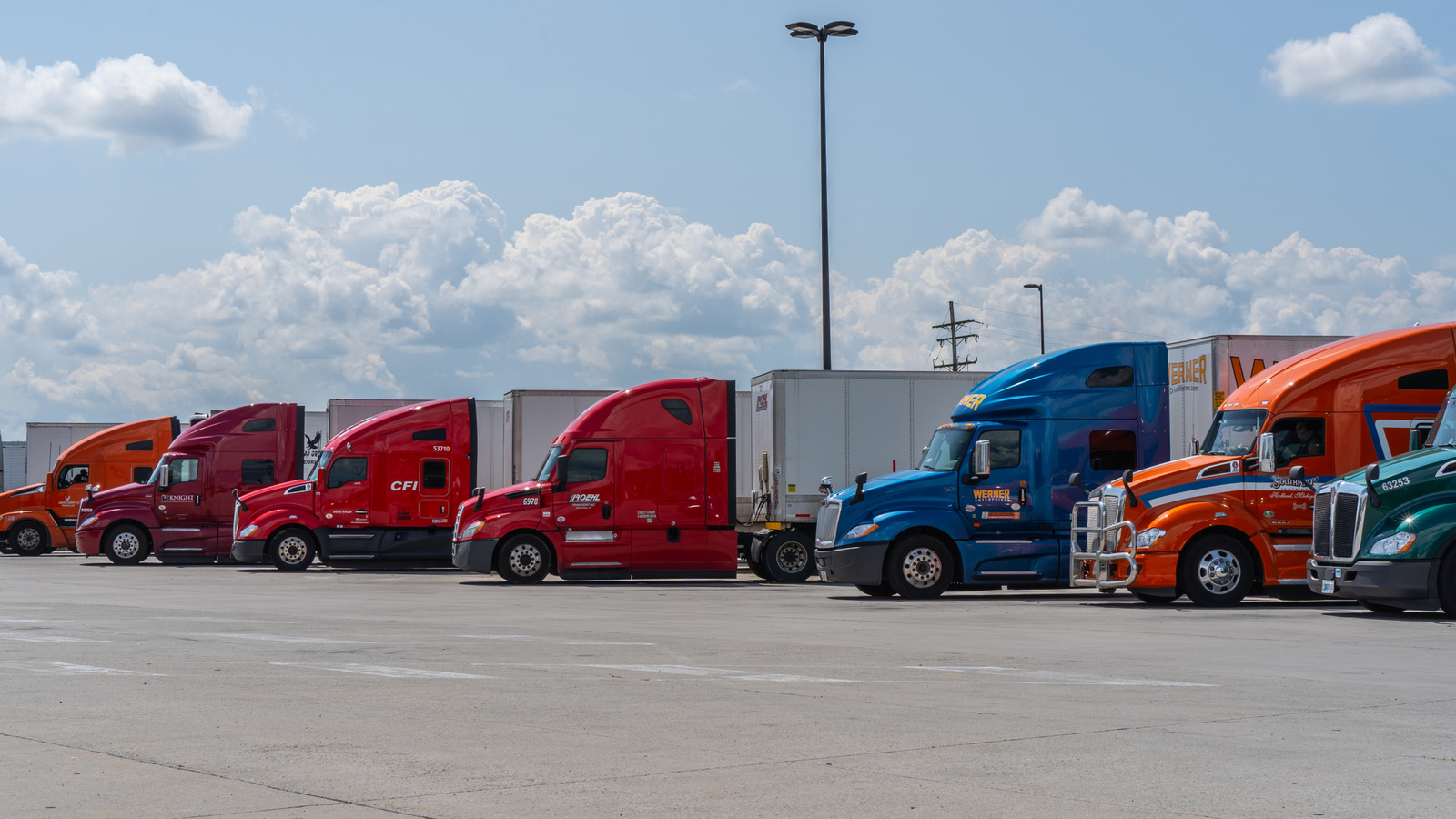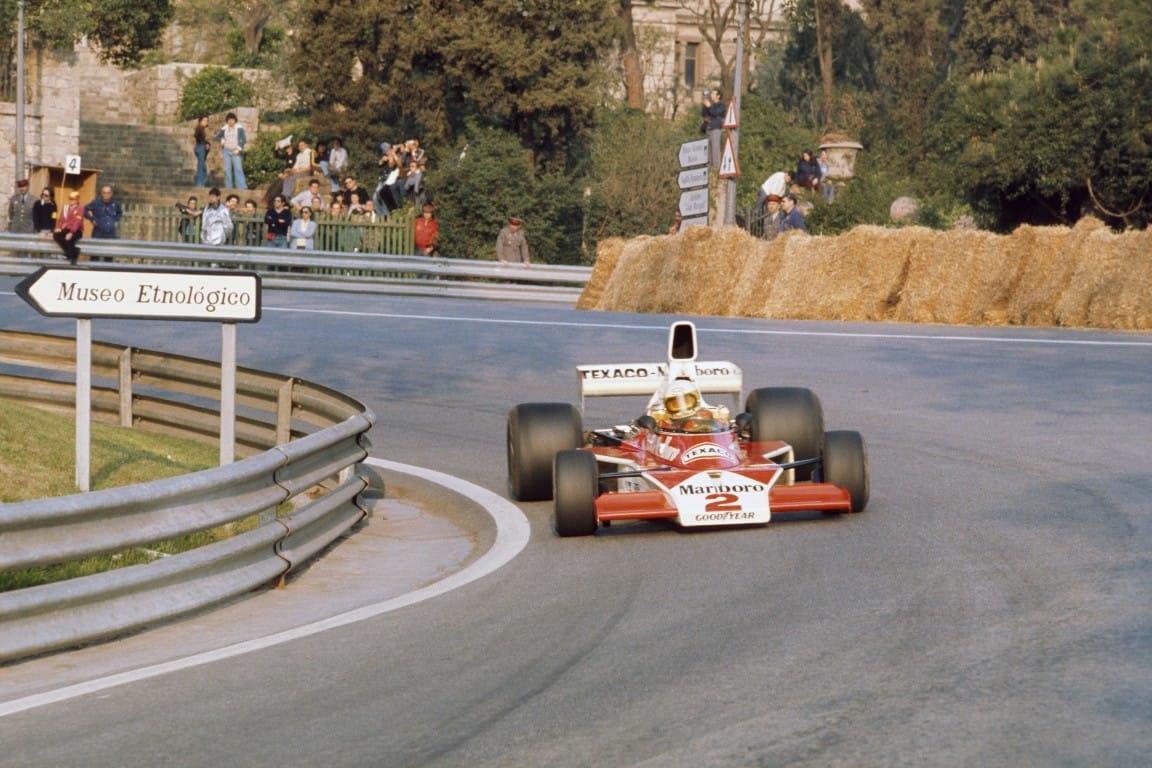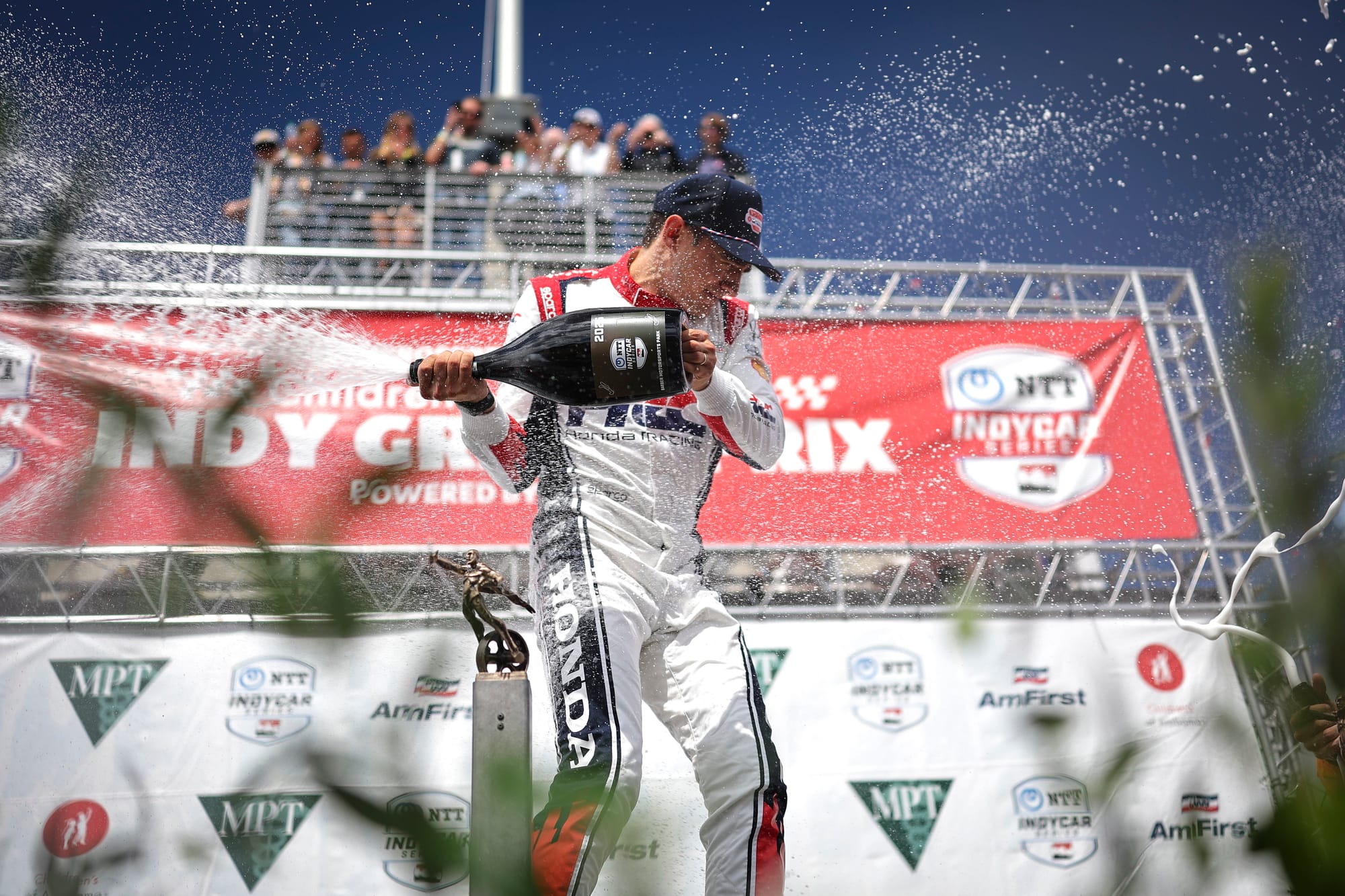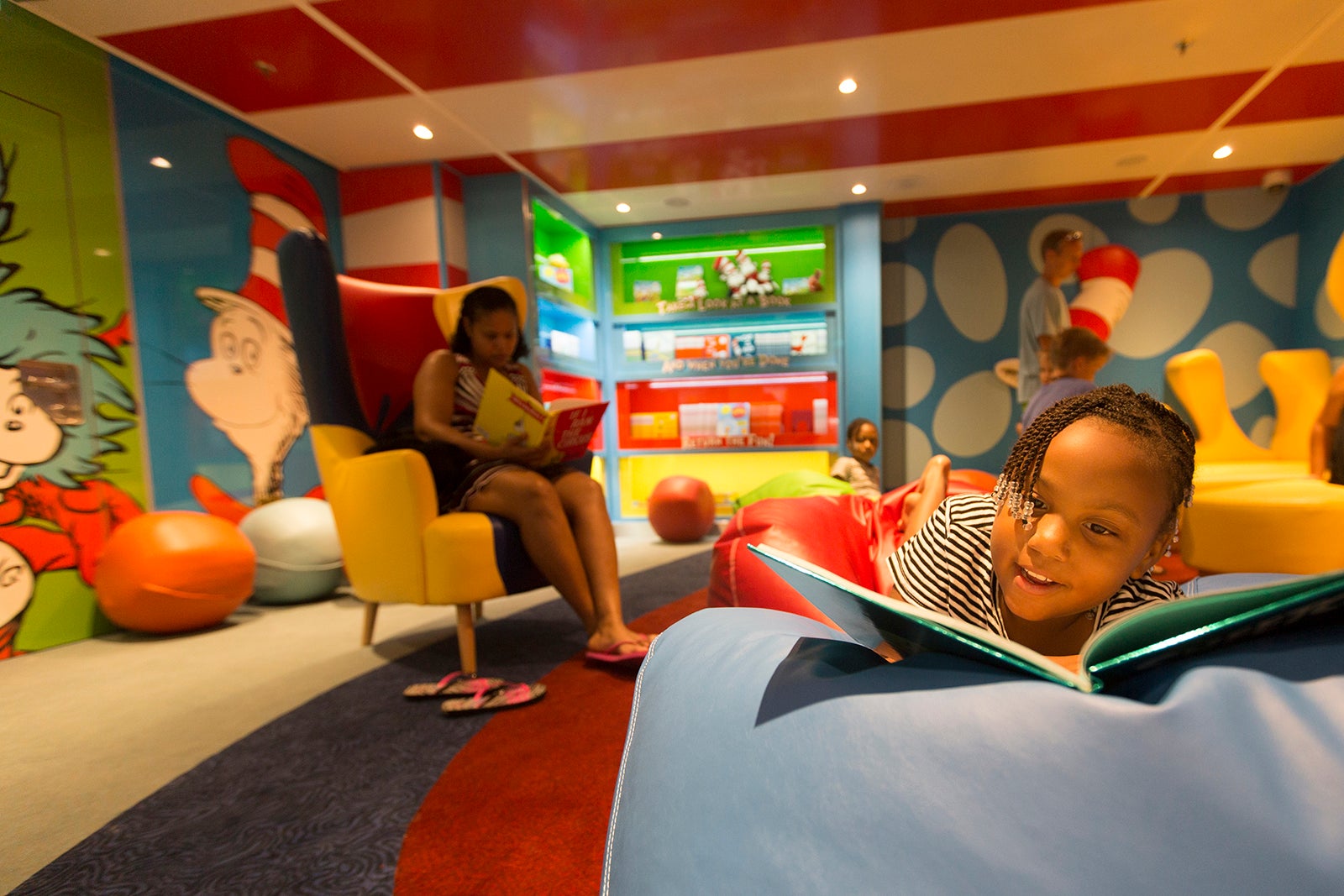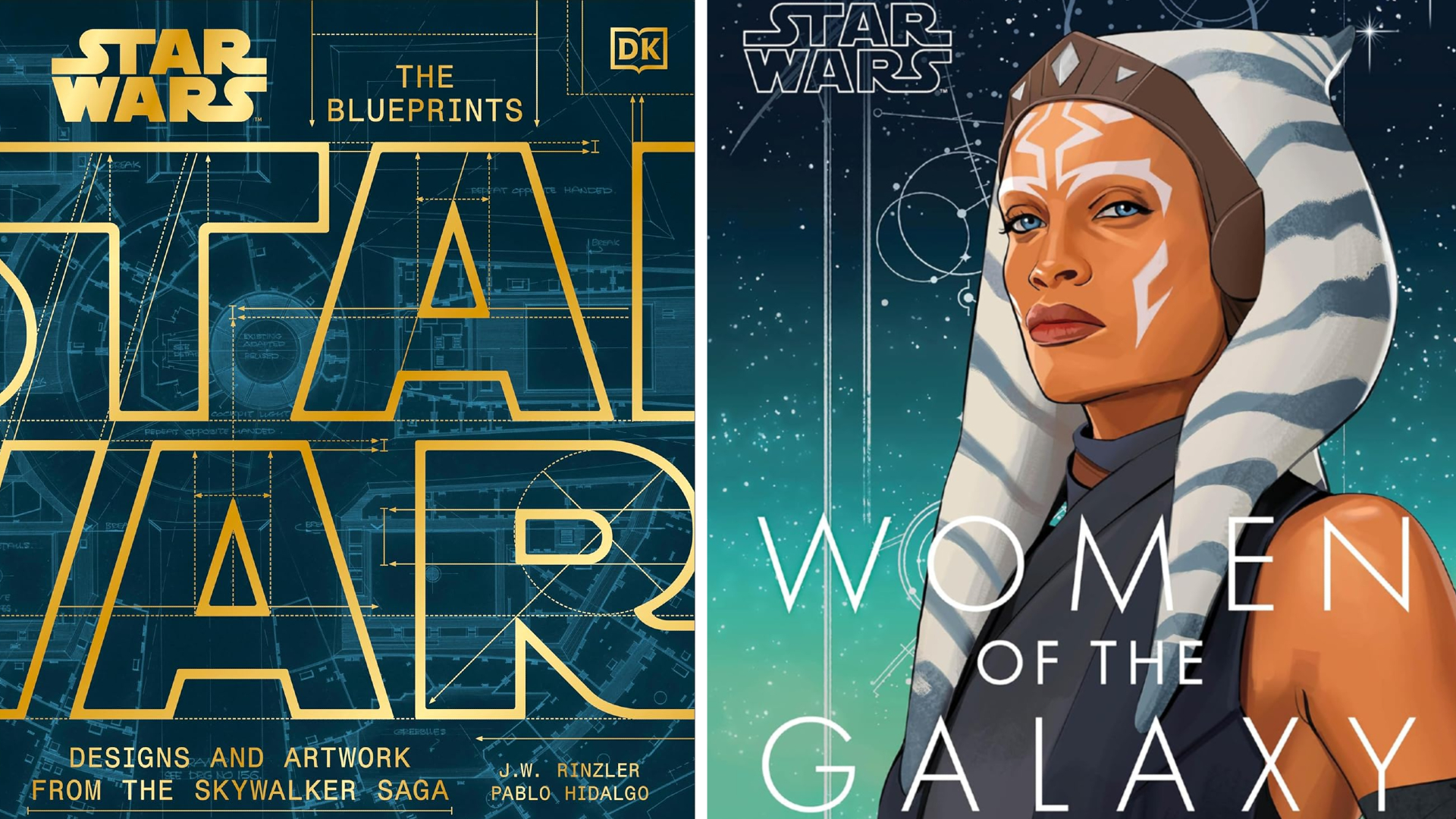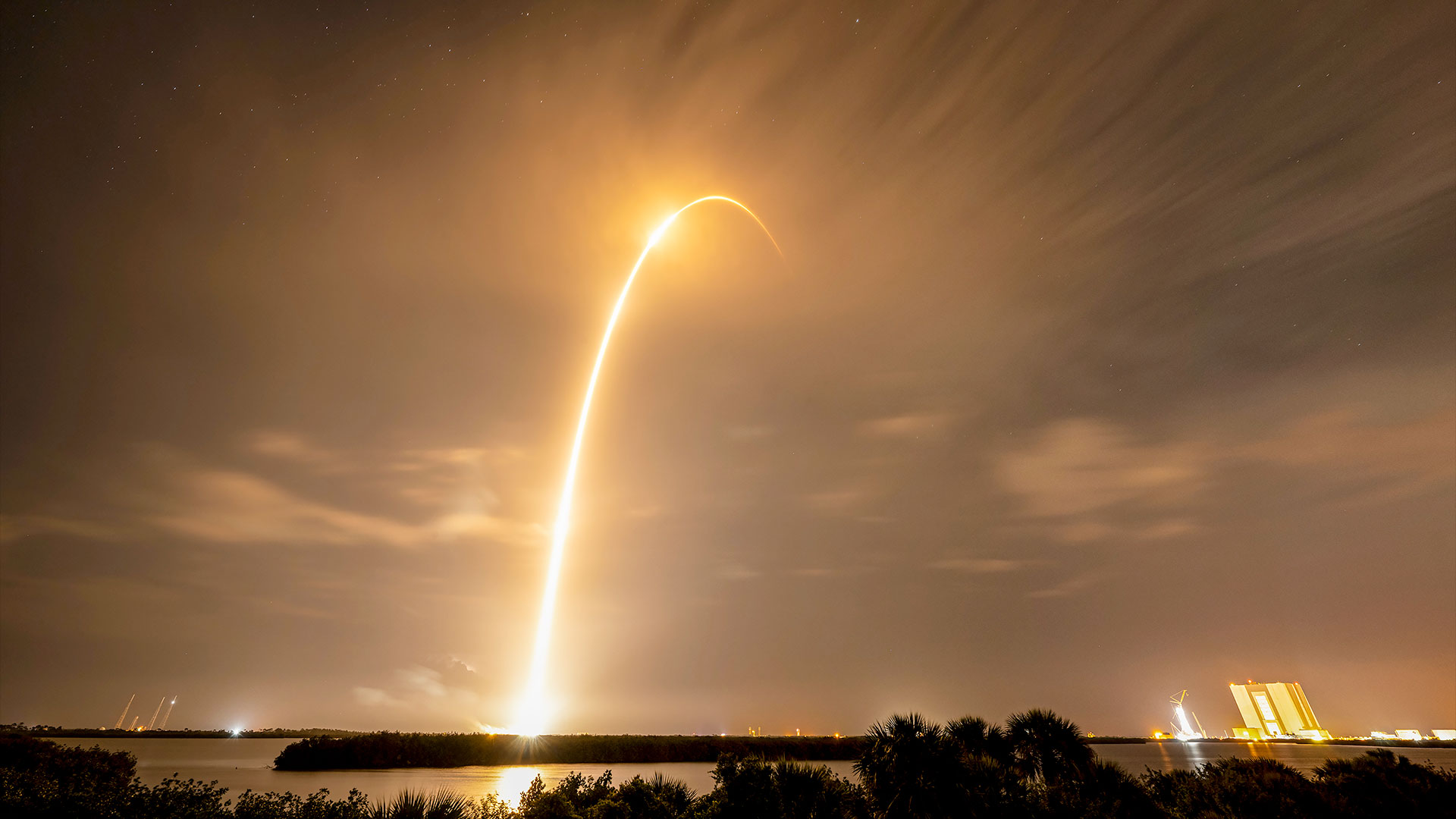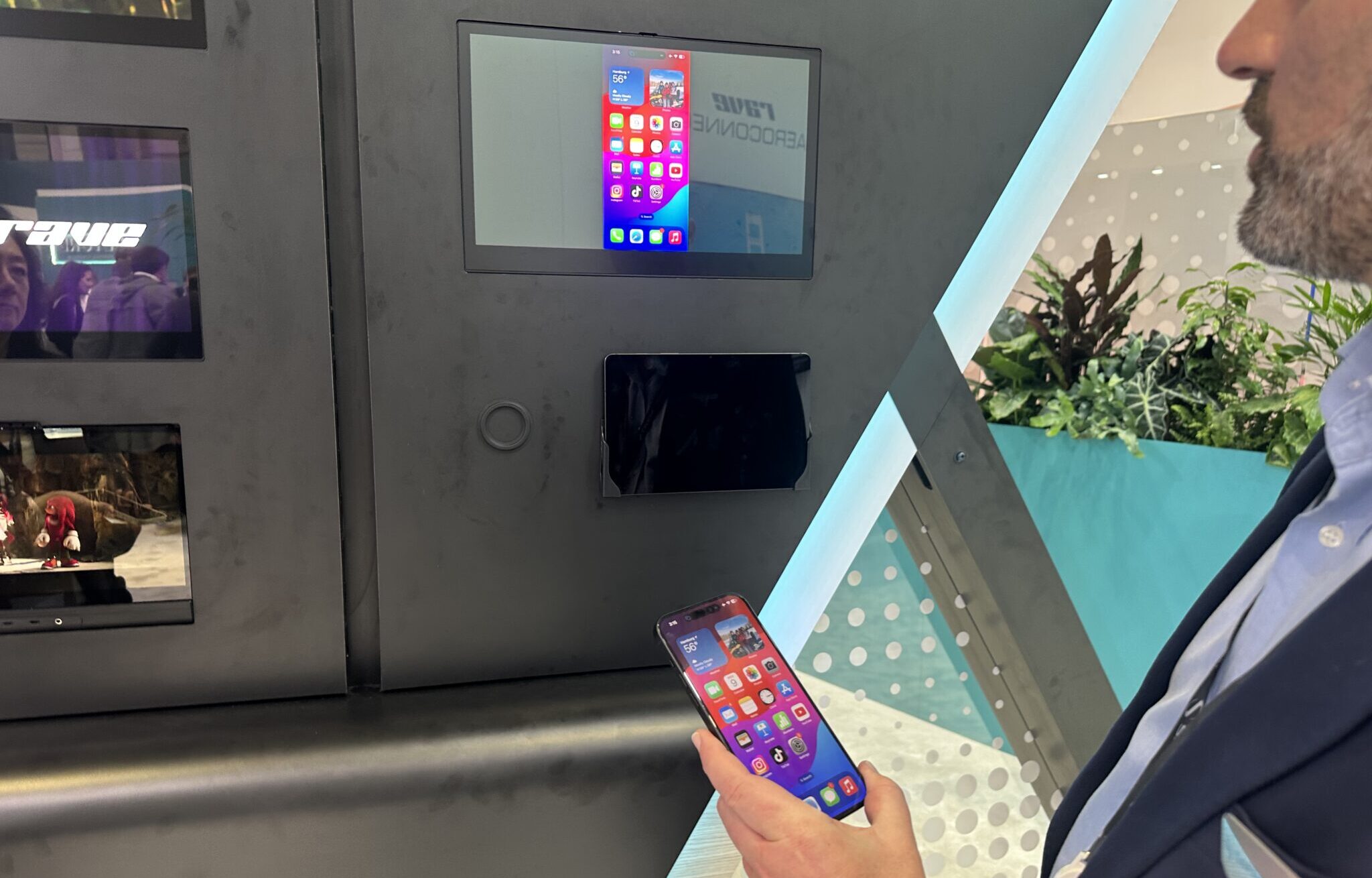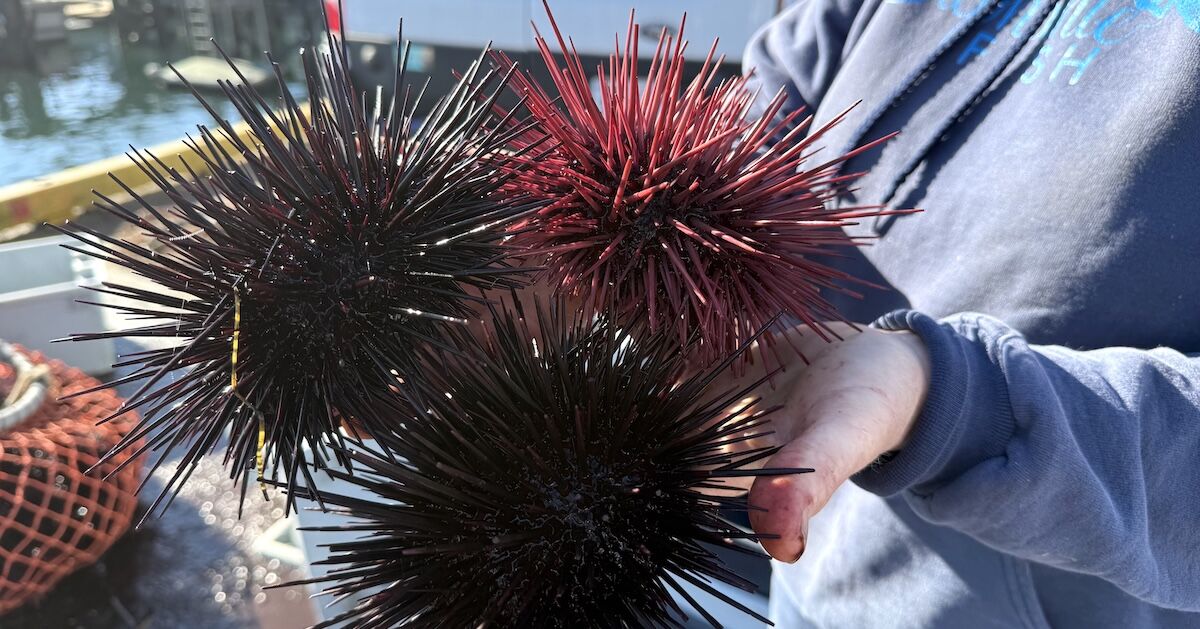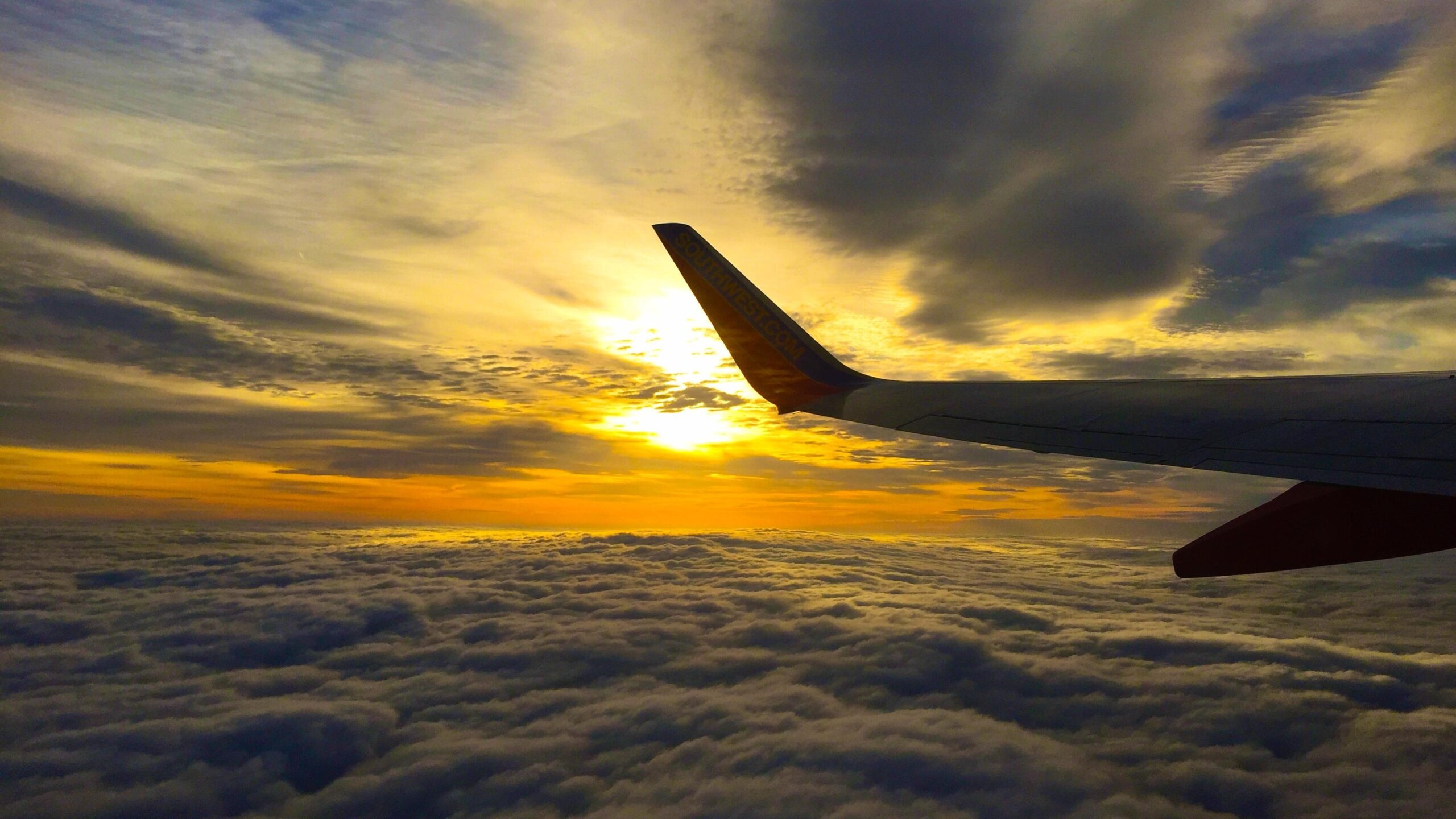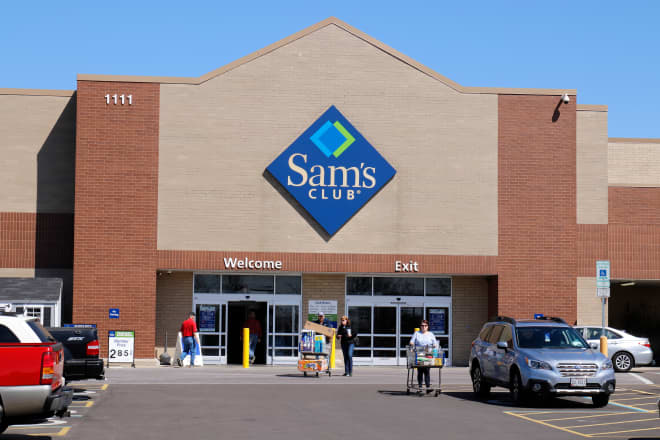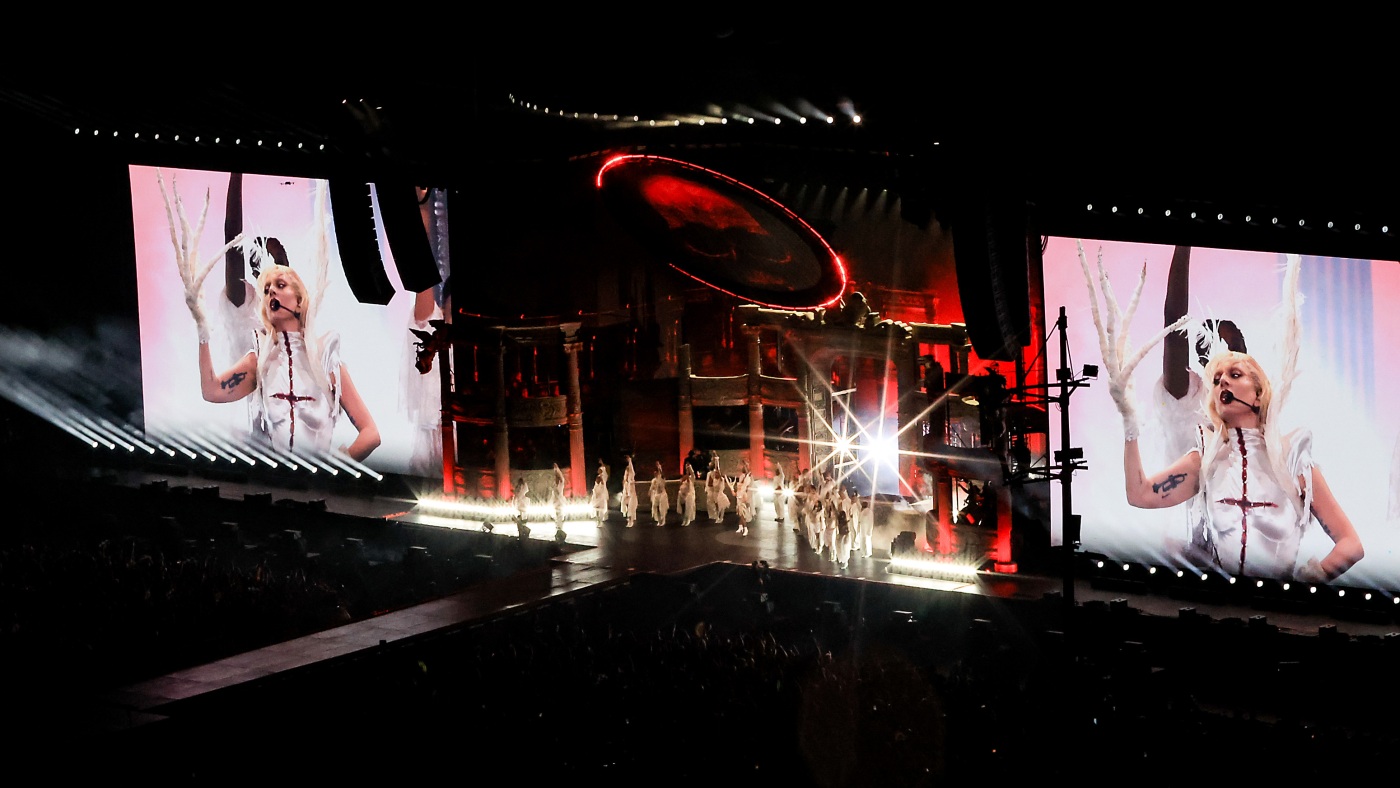NASA’s Hubble conundrum: risky repair or costly replacement
NASA estimates that the Hubble Space Telescope has about 10 years of useful life before it burns up in an uncontrolled reentry into the Earth’s atmosphere.

Without question, the Hubble Space Telescope is a marvel of technology. NASA and the scientific community recently celebrated the Hubble’s 35th anniversary, as well they should, considering the scientific discoveries the space telescope has garnered, not to mention the hauntingly beautiful images it has produced.
The concept of a space telescope dates back decades. NASA funding started in the 1970s, before the space shuttle became operational. After numerous technical delays, not to mention those caused by the Challenger disaster, the space shuttle Discovery finally launched the Hubble on April 24, 1990.
The Hubble was designed to be serviced and enhanced by the space shuttles, which turned out to be fortunate. Shortly after the Hubble became operational, scientists discovered, to their horror, that a flaw in its mirror had greatly impaired the images the space telescope returned.
Rather than abandon the Hubble, NASA fixed the problem.
The first servicing mission, undertaken by the space shuttle Endeavour in December 1993, carried out several repairs and enhancements. They included replacing the High Speed Photometer with the COSTAR corrective optics package, and replacing the Wide Field and Planetary Camera with the Wide Field and Planetary Camera 2, which incorporated an internal optical correction system.
NASA declared the servicing mission a complete success, and Hubble’s mission began in earnest. It has never stopped uncovering the secrets of the universe. From distant galaxies to relatively nearby planets, few celestial objects have escaped its gaze.
Including the mission that corrected the flawed mirror, NASA has dispatched five servicing missions to keep the Hubble going, the last occurring in 2009, two years before the space shuttle fleet stopped flying.
Hubble has been operating ever since then without a servicing mission. But in the fullness of time, without another such mission, enough of its components will fail so as to make the space telescope useless. NASA therefore has a choice between building and launching a replacement optical space telescope or putting together another servicing mission to further extend Hubble’s life.
About a year ago, Jared Isaacman proposed a repair mission to Hubble using a SpaceX Crewed Dragon. The spacecraft would boost the telescope’s orbit, and then spacewalking astronauts would perform repairs and enhancements.
At the time, NASA demurred, citing fears of damage to the Hubble and the risk to the astronauts. However, Isaacman is now likely to be confirmed as NASA administrator soon. A second look at such a repair mission, using space agency astronauts, is surely in order.
Space.com notes that not only is Hubble’s orbit starting to decay, but that only two of its six gyroscopes are functioning. The space telescope uses one gyroscope to position itself, while the other healthy one is kept in reserve. This means that it takes longer for the Hubble to move from one target to the next.
Because of the orbital decay, NASA estimates that the Hubble Space Telescope has about 10 years of useful life left before it burns up in an uncontrolled reentry into the Earth’s atmosphere.
The risks of sending a Crewed Dragon to service Hubble remain. The Hubble was designed to be serviced by a space shuttle orbiter. The robot arm would seize control of the space telescope and secure it in the cargo bay so that astronauts could repair it at leisure.
The Crewed Dragon has no such means of securing the Hubble. That lack makes a servicing mission risky, to put it mildly. The possibility of the astronauts breaking the space telescope is very real.
The alternative to another servicing mission is to accept that Hubble has only a decade left, provided that the remaining gyroscopes remain functional. After that, NASA may well lack a space telescope that sees the universe in the visible range.
NASA could start a project to develop and deploy a replacement for the Hubble Space Telescope.
Ars Technica noted in 2023 that the SpaceX Starship has the capacity to lift huge space telescopes with many times the Hubble’s capabilities. Indeed, a piece in Next Big Future suggested making the Starship itself a flying telescope with a nine-meter mirror, far larger than the 2.4-meter mirror in the Hubble. The estimated cost would be $250-$500 million.
The sticking point will be the tight budgets that NASA is faced with for the foreseeable future. Isaacman will need all of his business acumen to make a successor to the Hubble happen in any reasonable time frame.
Mark R. Whittington, who writes frequently about space policy, has published a political study of space exploration entitled “Why is It So Hard to Go Back to the Moon?” as well as “The Moon, Mars and Beyond” and, most recently, “Why is America Going Back to the Moon?” He blogs at Curmudgeons Corner.
